Contributed by PAFA Museum Collections
As the collections team has been photographing some of PAFA’s framed paintings over the last several weeks, we have been able to enjoy documenting the rarely seen reverse side of these works.
In the museum world, we define recto as the front or main image and the verso as the back or reverse secondary image. So why may we want to photograph the verso?
Many paintings in our collection have a long exhibition and ownership history, and this provenance can be followed through various notes, labels, stickers, and other markings on the backs of frames. Pictured below are a few examples of works in the middle of being photographed showing the front side view (recto), followed by the corresponding reverse side of the painting (verso).
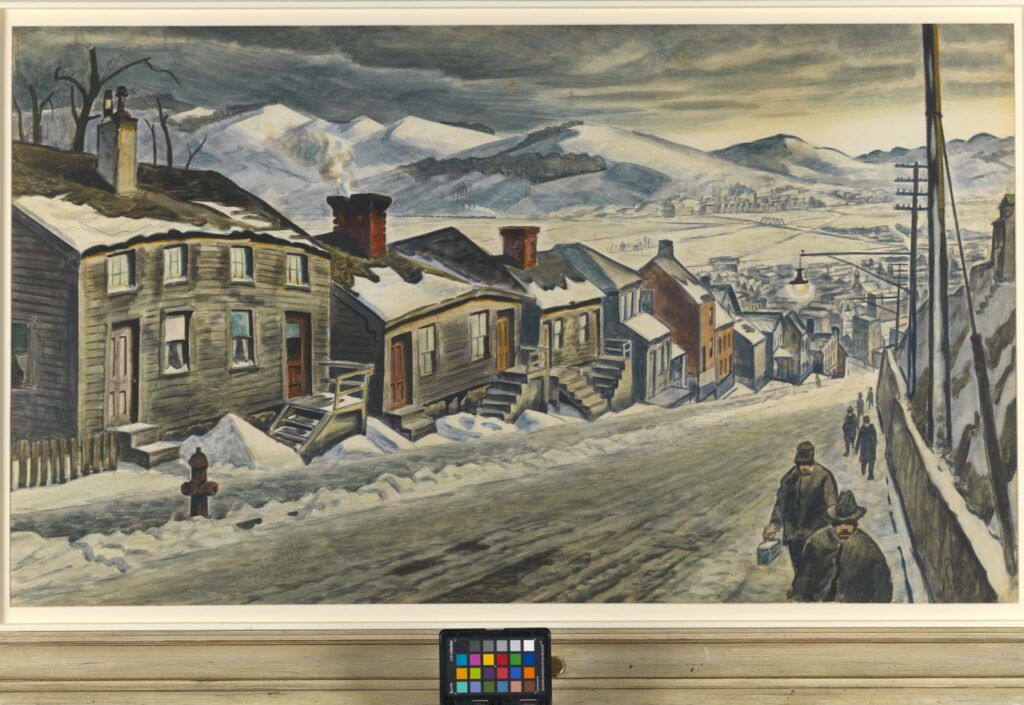
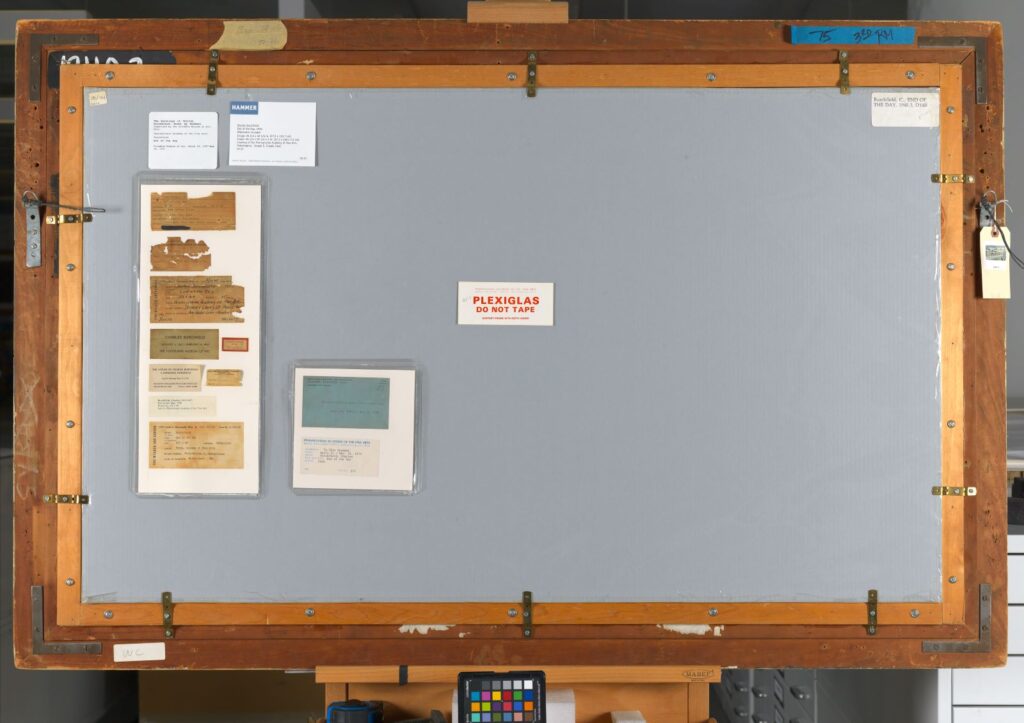
Charles Burchfield, End of the Day, 1938. Watercolor over pencil and charcoal on white paper, 28 x 48 in. Joseph E. Temple Fund, 1940.3

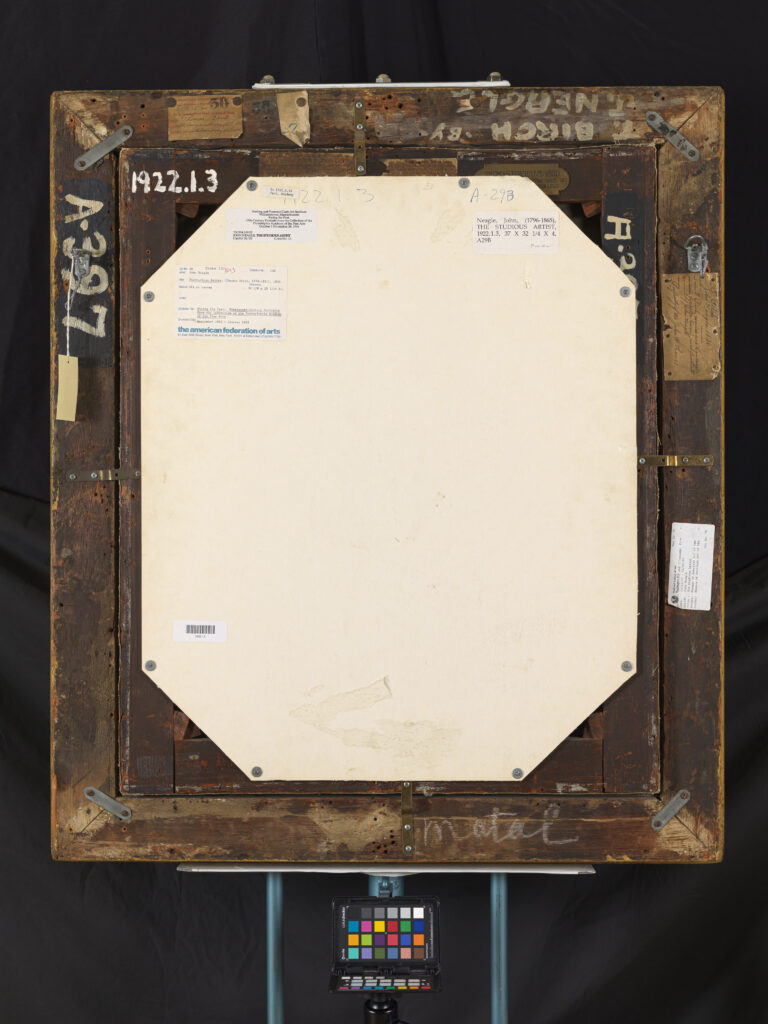
John Neagle, The Studious Artist, 1836. Oil on canvas. 30 1/8 x 25 1/16 in. Gift of John Frederick Lewis, 1922.1.3
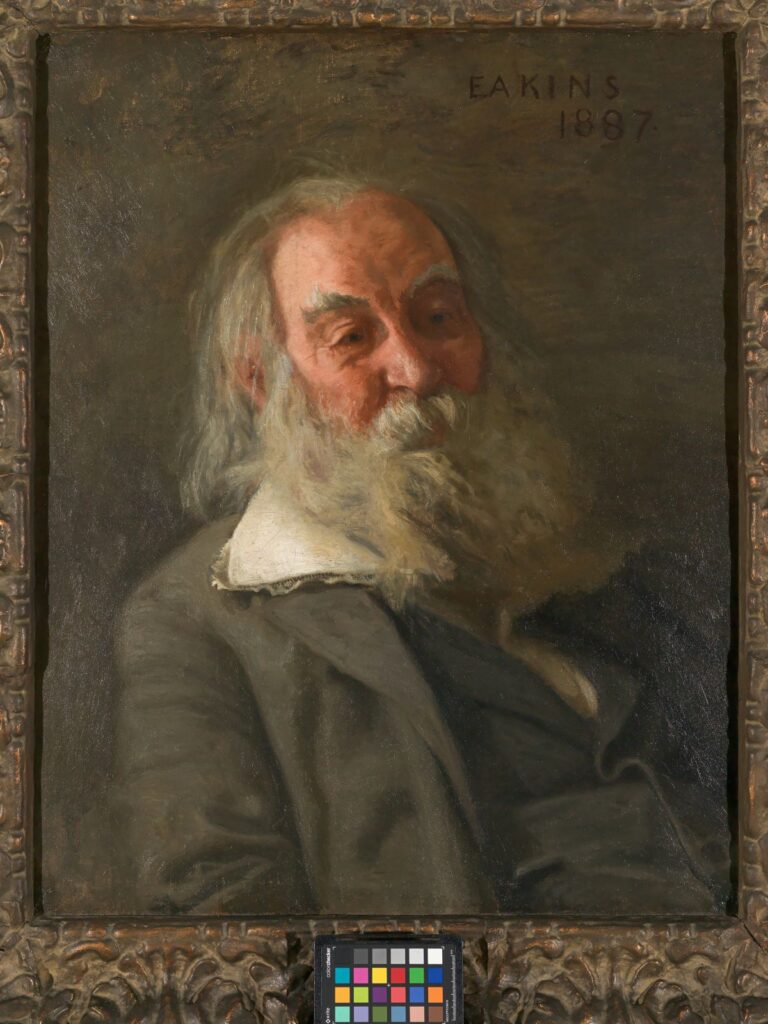
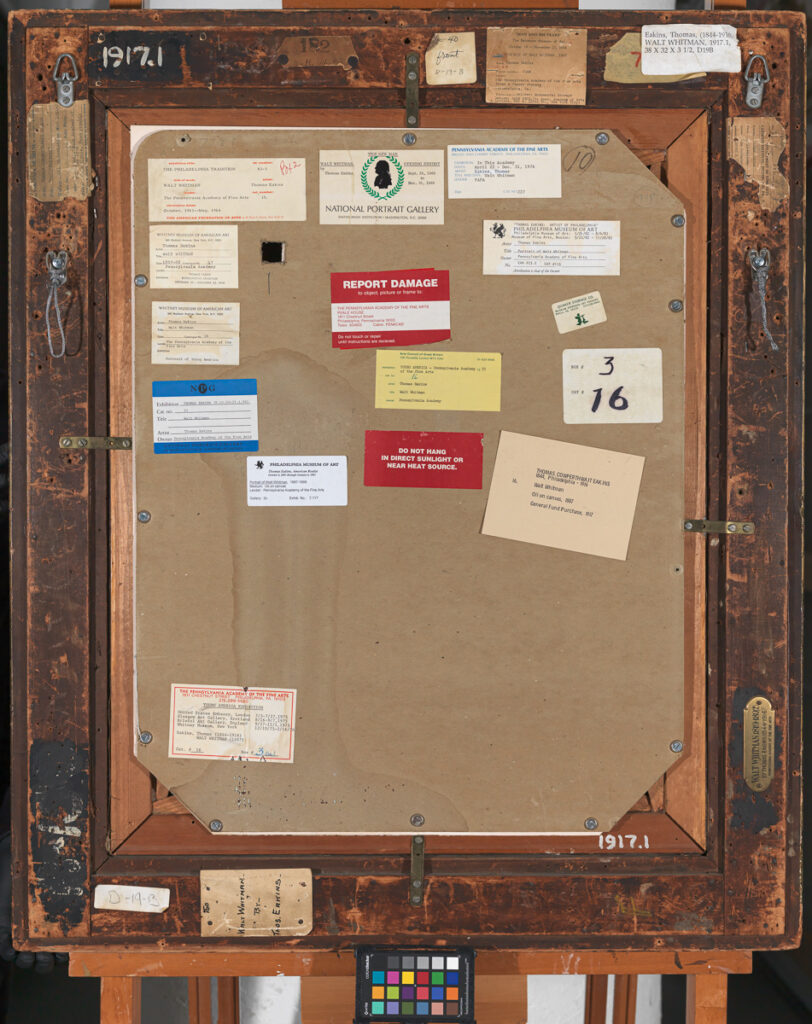
Thomas Eakins, Walt Whitman, 1887. Oil on canvas, framed-shadow box: 38 1/8 x 32 1/4 x 4 in. General Fund, 1917.1
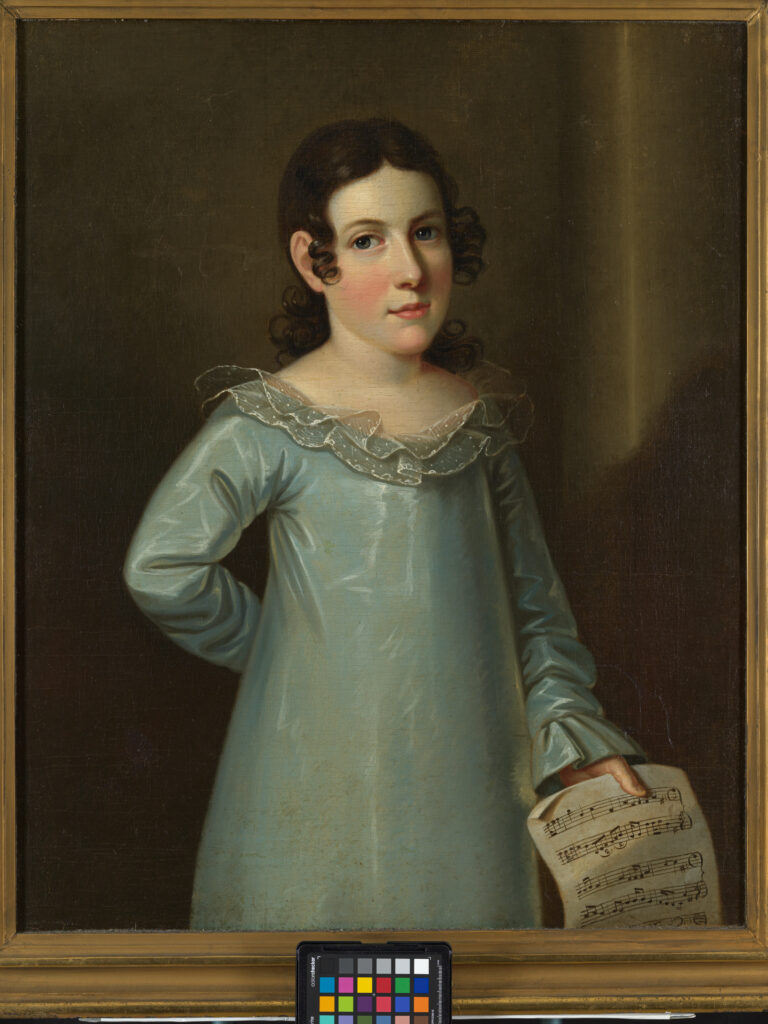
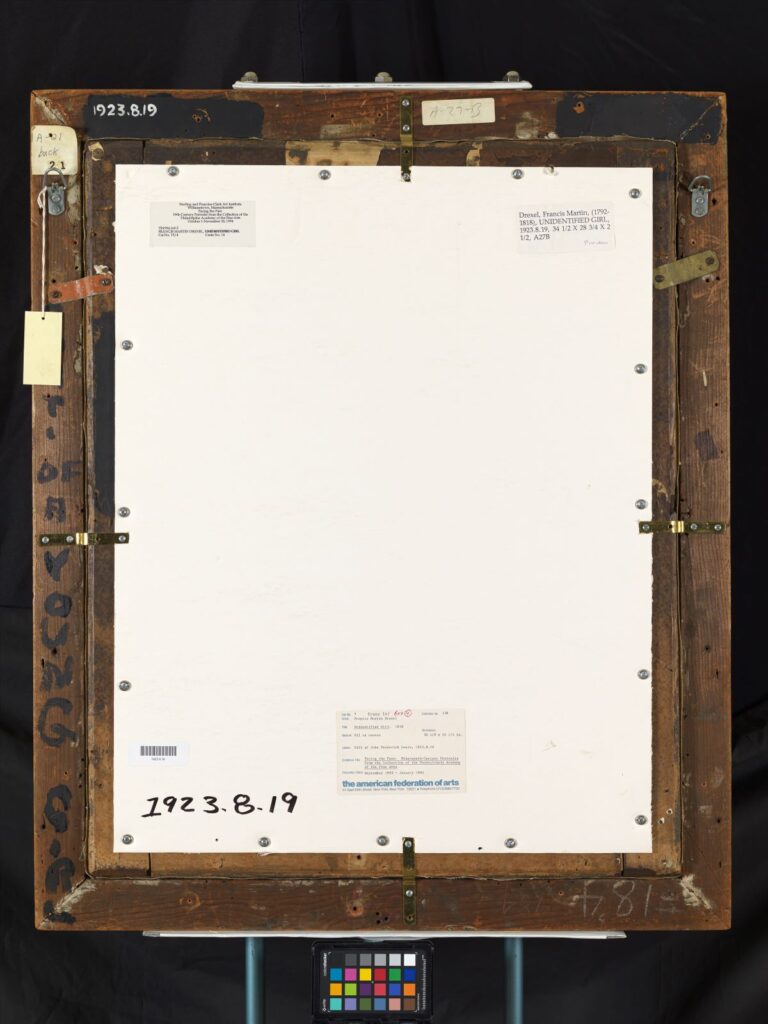
Francis Martin Drexel, Unidentified Girl, 1818. Oil on canvas, 30 1/8 x 24 1/4 in. Gift of John Frederick Lewis, 1923.8.19
About the Institute of Museum and Library Services
The Institute of Museum and Library Services is the primary source of federal support for the nation’s libraries and museums. We advance, support, and empower America’s museums, libraries, and related organizations through grantmaking, research, and policy development. Our vision is a nation where museums and libraries work together to transform the lives of individuals and communities. To learn more, visit https://www.imls.gov/and follow us on Facebook and Twitter.